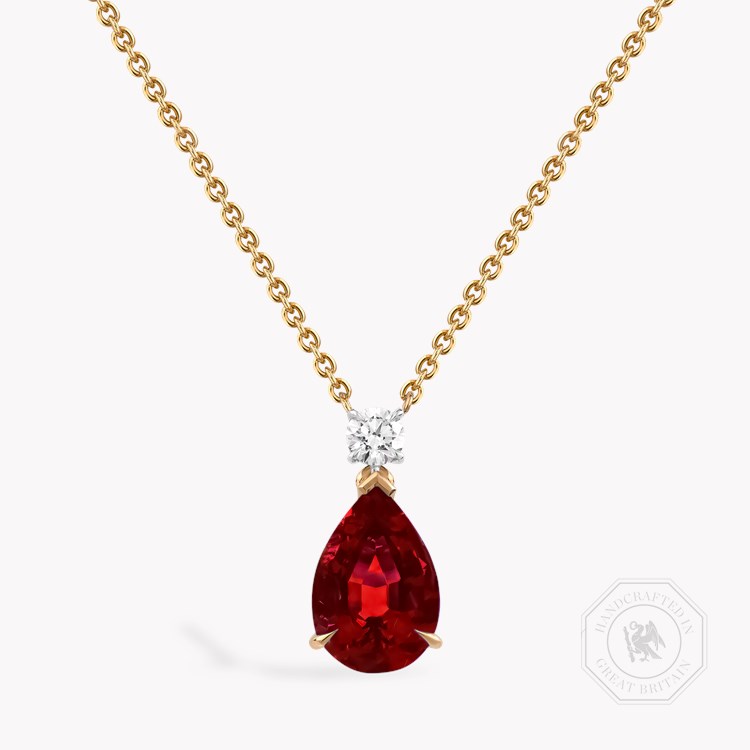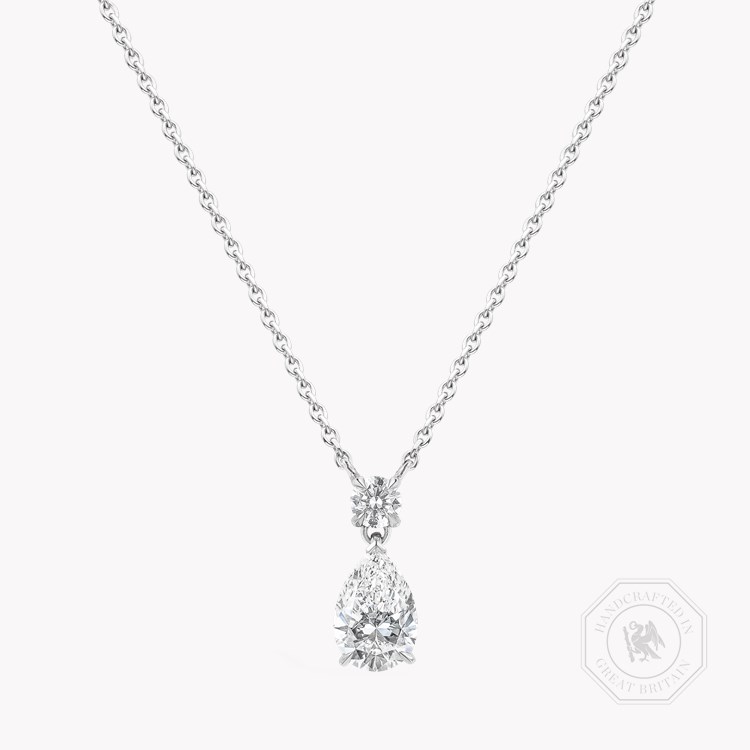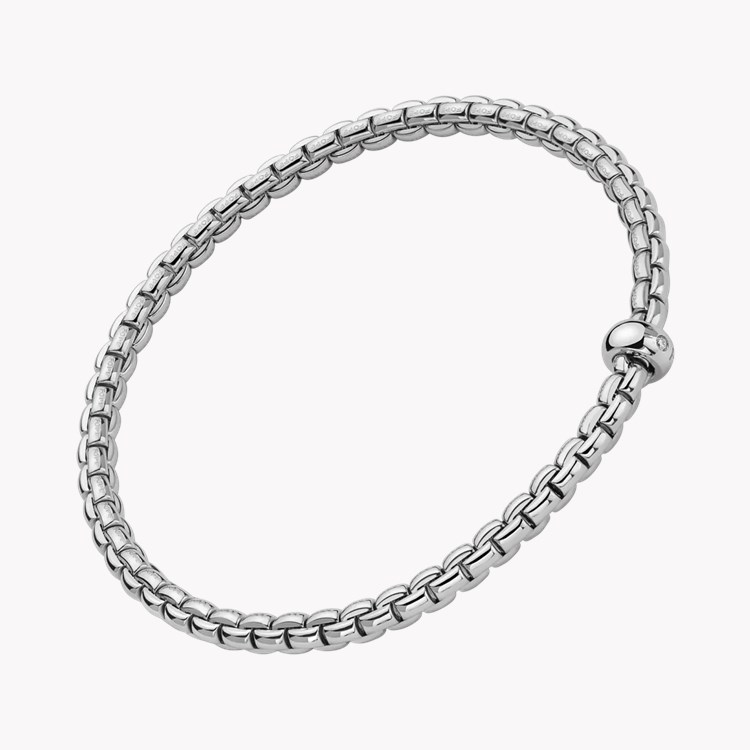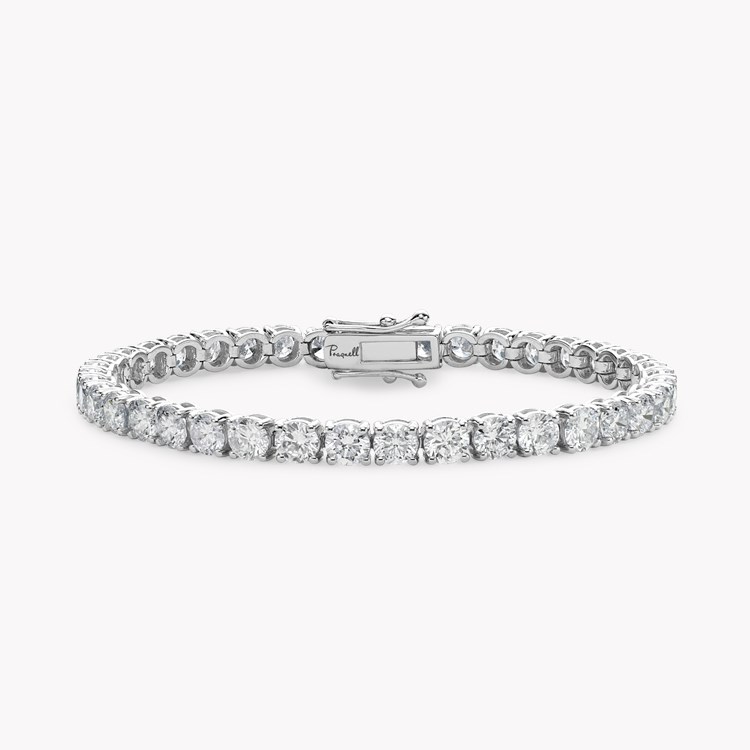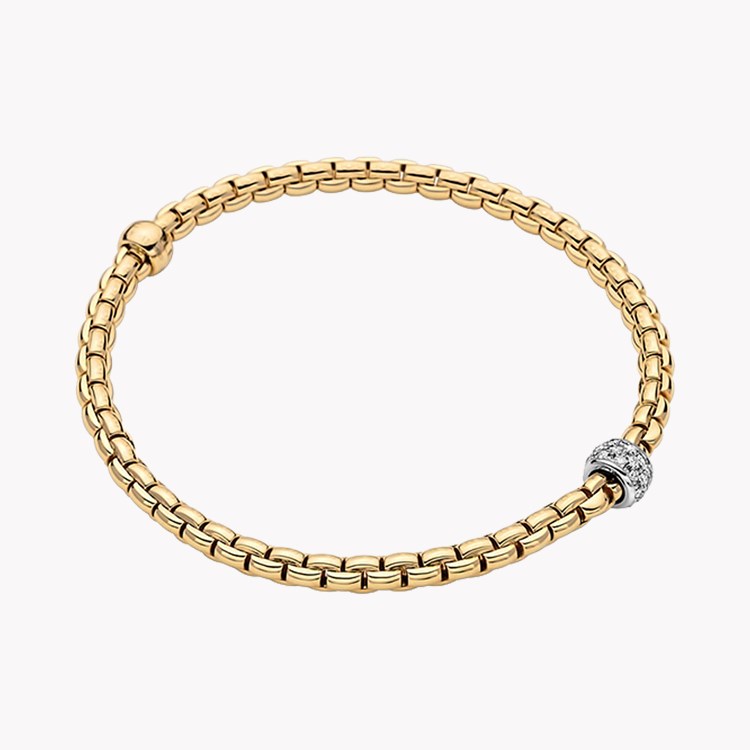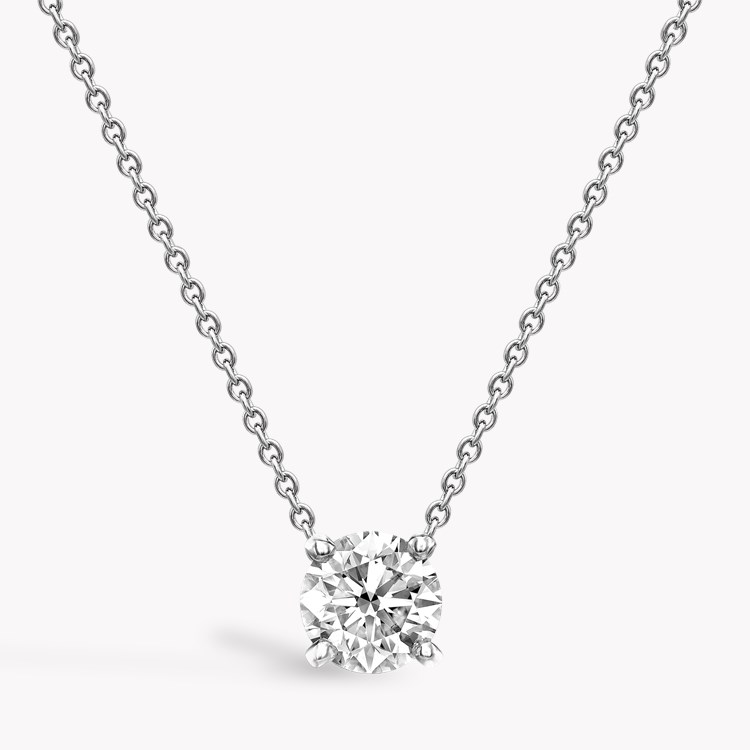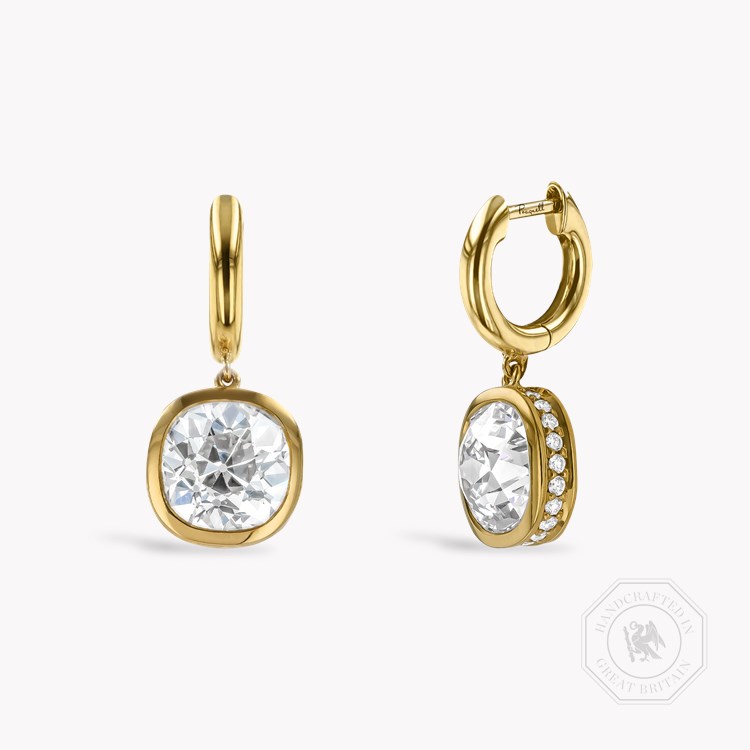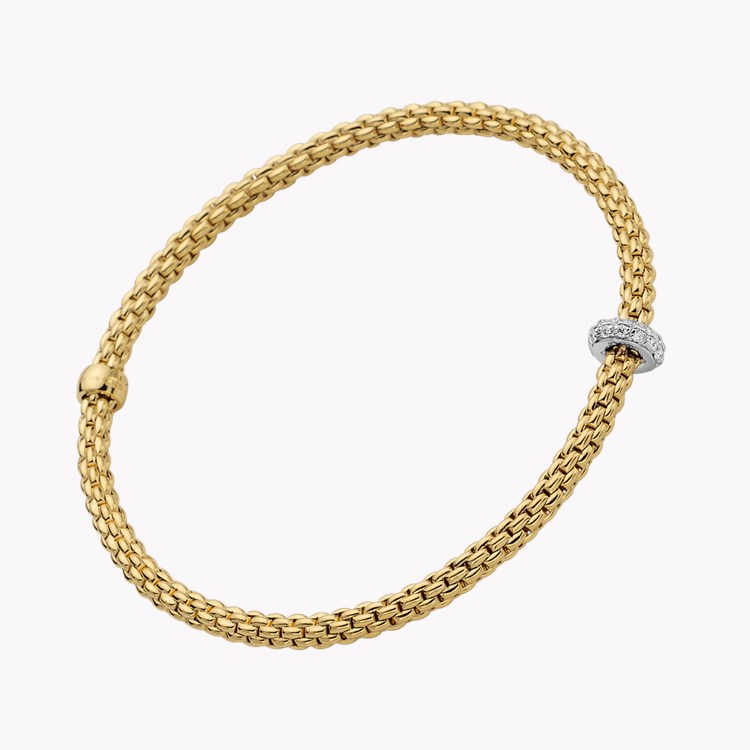The History of Diamonds
Diamonds are amongst the rarest and most desirable materials that planet Earth has to offer. Throughout history, they have played important roles in economics, politics, religion, lore and fashion.
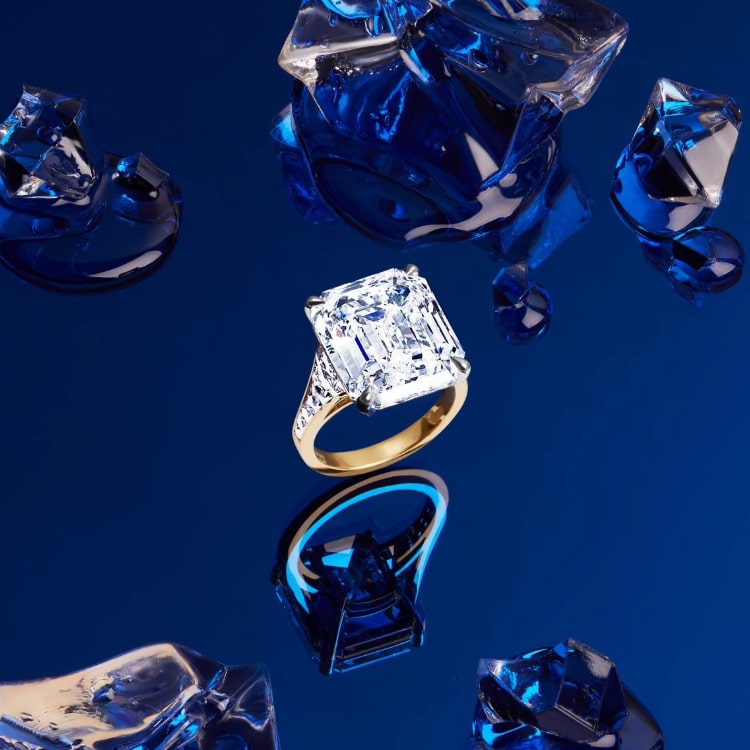
Ancient Origins
The history of diamonds dates back over 2,500 years to ancient India, where they were first discovered as alluvial deposits. These precious stones were valued for their exceptional hardness, which made them useful for cutting tools and weapons, as well as for their rarity and brilliance. The word "diamond" originates from the Greek word "adámas," meaning "unconquerable" or "unbreakable," which aptly reflects the stone's incredible hardness.
Ancient cultures attributed various mythical properties to diamonds; Hindus believed diamonds were formed from lightning, while the Romans saw them as the tears of the gods. By the 4th century, trade routes such as the Silk Road facilitated the transportation of diamonds to Western Europe, transforming Venice into a prominent trading hub.
1-min.jpg)
Innovation and Growth
For centuries, diamonds were cherished and worn in their natural, rough state, admired for their unique beauty. In the 14th century, advancements in cutting techniques began to transform these gems, enhancing their sparkle and brilliance. Innovations in diamond cutting allowed jewellers to manipulate light more effectively, captivating those who wore them. By the 15th century, the invention of the rotating polishing disk, known as the scaife, marked a significant turning point in diamond cutting and polishing craftsmanship. This development enabled artisans to create more precise facets, resulting in the stunning, shimmering effects that we associate with diamonds today.
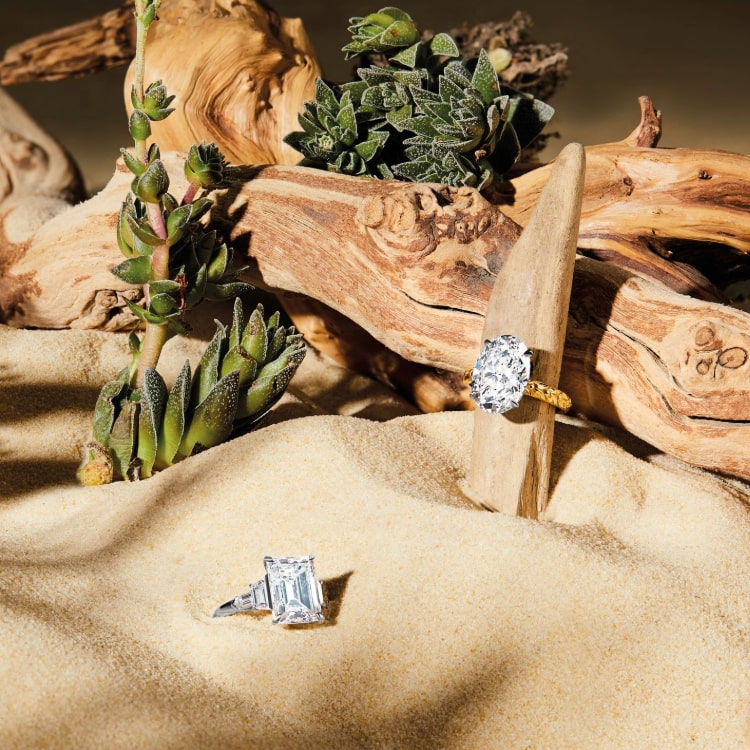
A Diamond Rush
Until 1726, India was the exclusive source of diamonds, but that changed with the discovery of deposits in Brazil. The 1866 discovery of the "Eureka Diamond" in South Africa sparked a diamond rush, leading to extensive mining operations and a temporary increase in supply.
In the early 1900s, India's maharajas, renowned for their extravagant taste in jewellery, inspired exquisite fine jewellery designs. The significant discoveries in Brazil and South Africa expanded the diamond market, creating a global demand for these exceptional gems. Wealthy heiresses and industrial magnates sought to capitalise on their dazzling allure, using it to display their affluence and establish themselves as trendsetters in fashion and style.
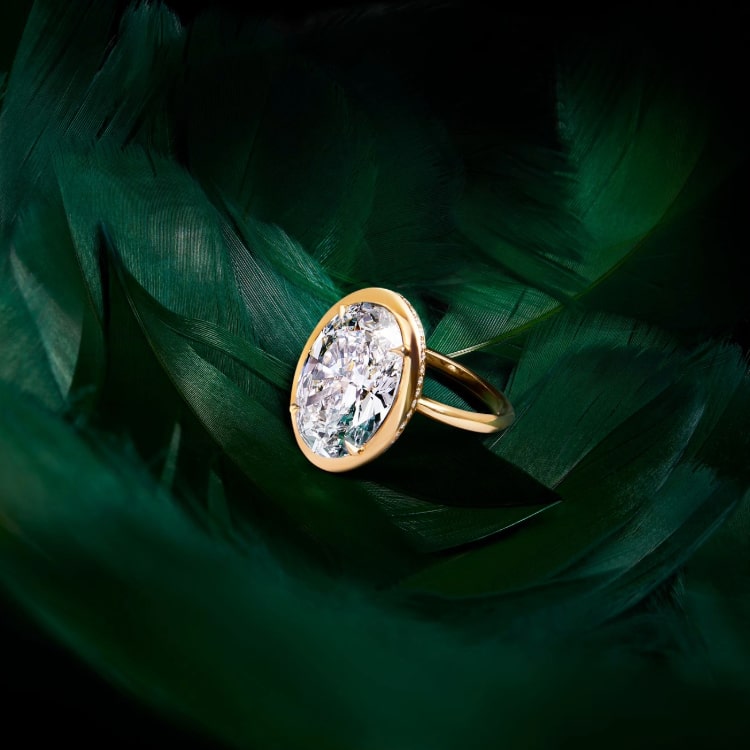
Nature's Rarest Jewels
The desire for Nature's rarest jewels is often attributed to their stunning rarity, with only a tiny fraction of mined minerals ultimately yielding gem-quality stones worthy of crafting exquisite pieces of jewellery. This scarcity dramatically enhances the value of these precious gemstones, making them highly sought after by collectors and enthusiasts alike. Historically, their rarity kept them hidden from the general public, leading to a time when such precious stones were exclusively reserved for royalty and the aristocracy. These treasures became enduring symbols of immense wealth and status, particularly during the height of the British Empire.
-min.jpg)
Diamonds are Forever
In the 1880s, English businessman Cecil Rhodes established De Beers Consolidated Mines, Ltd., which rapidly grew to dominate global diamond production, consolidating control over vast resources and helping to maintain stable prices in the diamond market.
De Beers played a significant role in shaping public perception of diamonds, particularly through its iconic marketing efforts, notably the 1947 advertising campaign, "A Diamond is Forever,” which effectively linked diamonds with the idea of eternal love and commitment. This campaign firmly entrenched diamond engagement rings in Western marriage customs, transforming them into a symbolic representation of love and devotion that persists to this day.
-min.jpg)
The 4 Cs
In 1931, the Gemmological Institute of America (GIA) introduced the "4 C's"—cut, colour, clarity, and carat—to establish a standardised system for assessing diamond quality. This framework has become essential for both consumers and jewellers, providing a transparent and objective way to evaluate diamonds. The cut refers to how well a diamond is shaped and facets are aligned, influencing its brilliance. Colour relates to the presence of colour in a diamond, with the most valuable being colourless. Clarity measures the presence of internal or external flaws, while carat denotes the weight of the diamond. Together, these criteria help ensure informed purchasing decisions, enhancing appreciation for these precious stones.

Conflict Free
The Kimberley Process, launched in 2003, aims to eliminate the trade of "conflict diamonds," which are used by rebel groups to finance violence. Its objective is to protect the legitimate diamond trade and to support mining communities. To achieve this, the journey of each diamond is tracked, ensuring that customers can purchase natural, untreated stones with confidence.
At Pragnell, we collaborate with mines and suppliers who are committed to sustainability, with particularly strong relationships with mines in Botswana and Lesotho. We take pride in providing origin information for all our jewellery, ensuring transparency about where each piece is handcrafted. This information is available on our website and during visits to our showrooms.
Pragnell Diamonds
In today's commercialised world, where jewellery can be mass-produced, it is essential for us at Pragnell to focus on the remarkable and unique treasures that nature provides. These exceptional pieces embody what true jewellery should represent—a distinctive expression of individuality.
Pragnell is renowned for the quality of its diamonds, with expert gemmologists selecting only the most beautiful and ethically sourced stones that meet the highest standards, chosen by a member of the Pragnell family. We offer a diverse range of jewellery, from antique pieces featuring exceptional central diamonds to direct purchases from trusted diamond cutters and mines, ensuring a limited supply chain and transparent pricing.
Our diamonds are recognised for their superior quality and are used to embody the unique memories and emotions of our customers. Each gem, a miracle of nature, displays distinct characteristics—colour, tone, intensity, and brightness—that evoke different emotions in every individual.
Explore Diamond Jewellery
Frequently Asked Questions
Below are the answers to our most commonly asked questions. Should you want to find out more please feel free to Contact Us and begin your Pragnell experience.
Jewellery CLP Page
Contact us